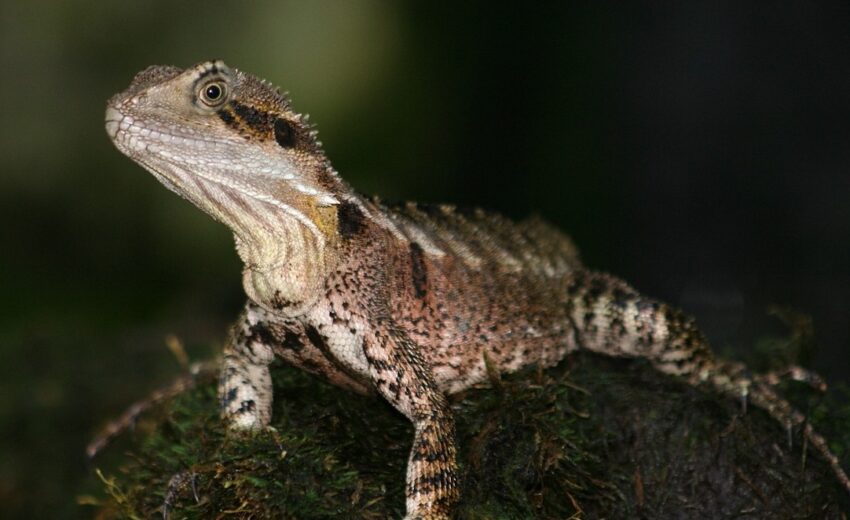The Australian water dragon is found in eastern Australia from Victoria northwards to Queensland. There are numerous types of water dragons. We are just focusing on the Australian one
- Zoology
- Daily Critter Facts
- For Teachers
- Study Guides
- Animal Diseases & Parasites
- Contact

